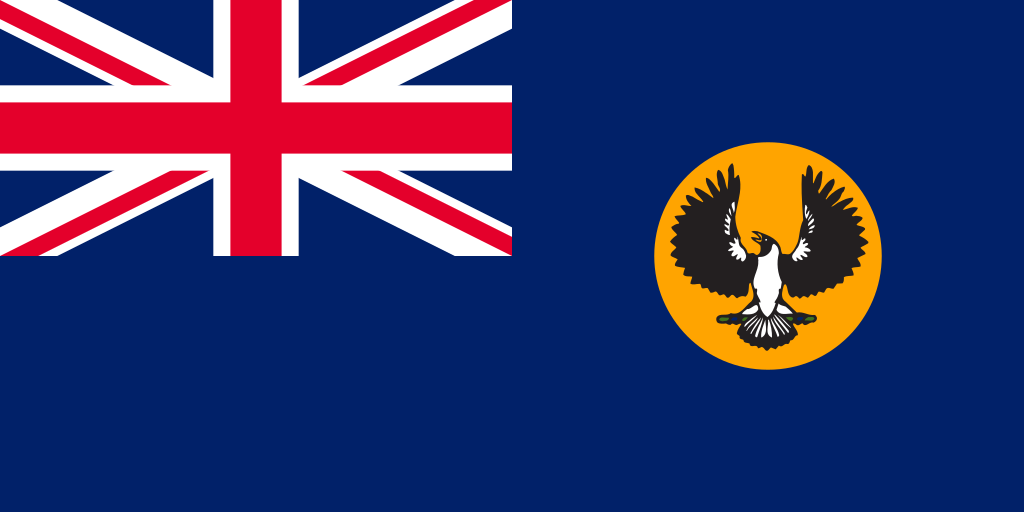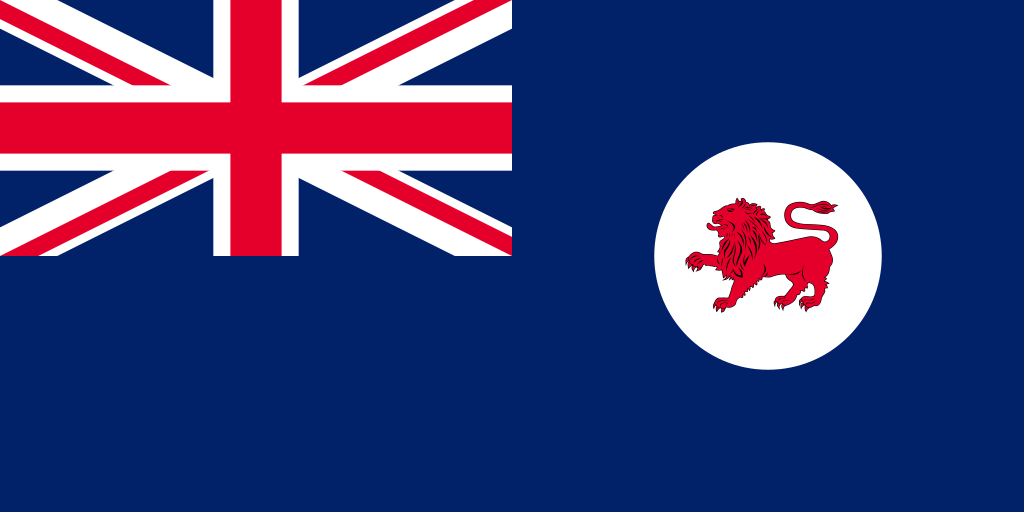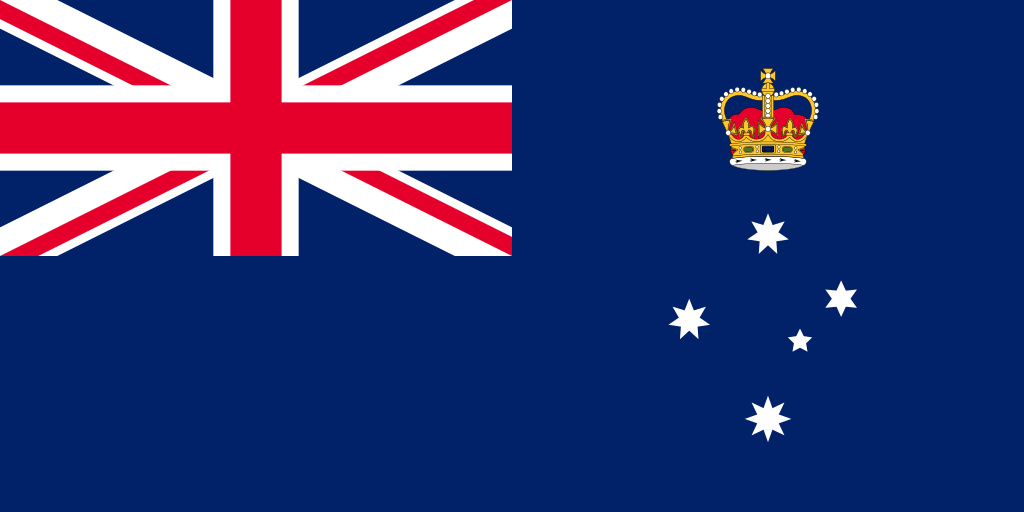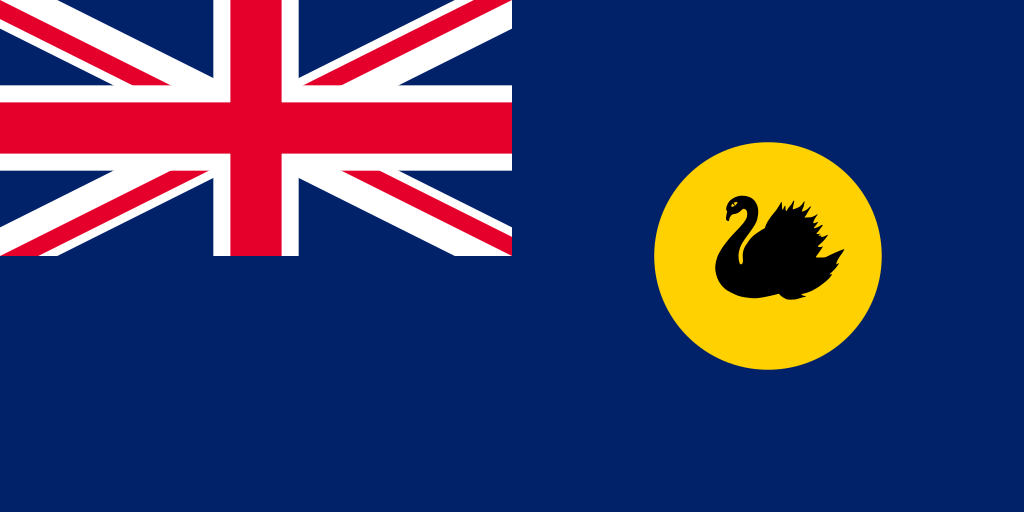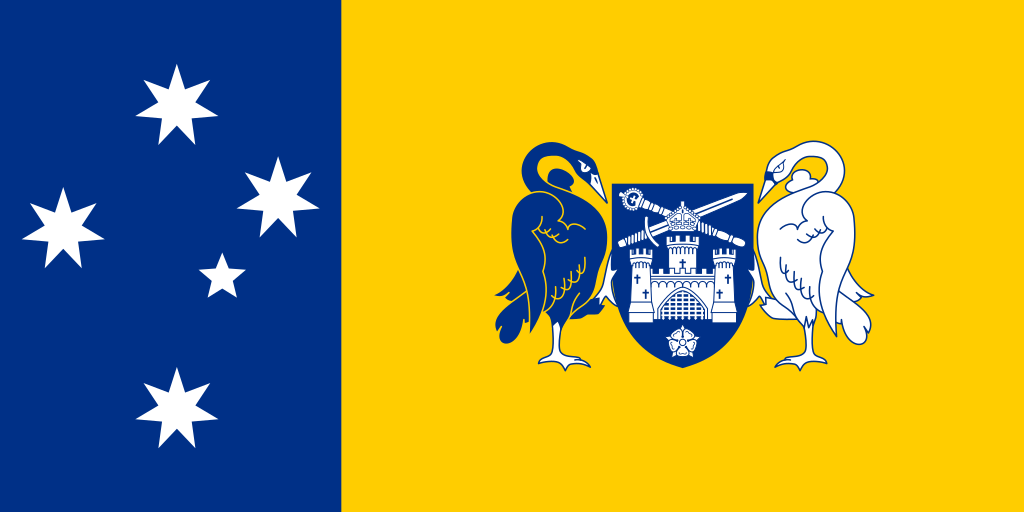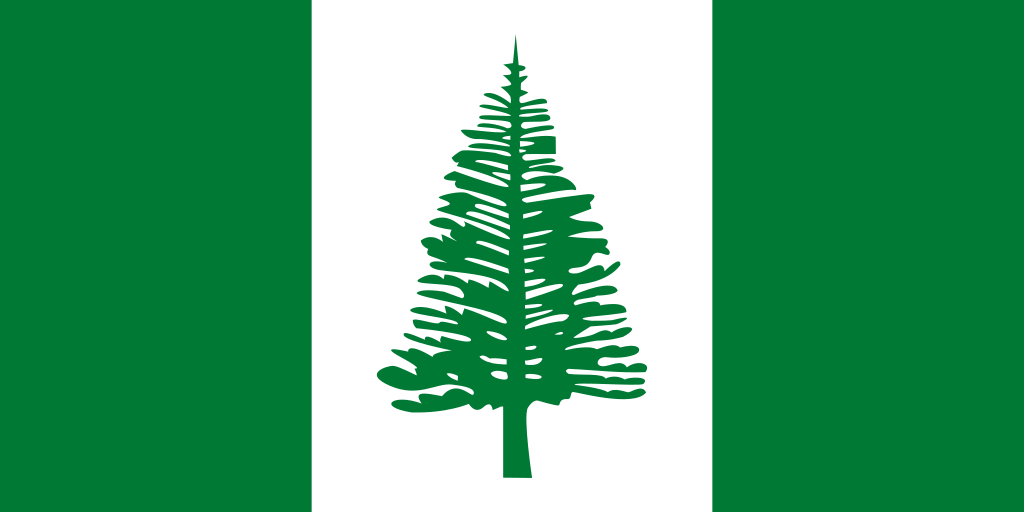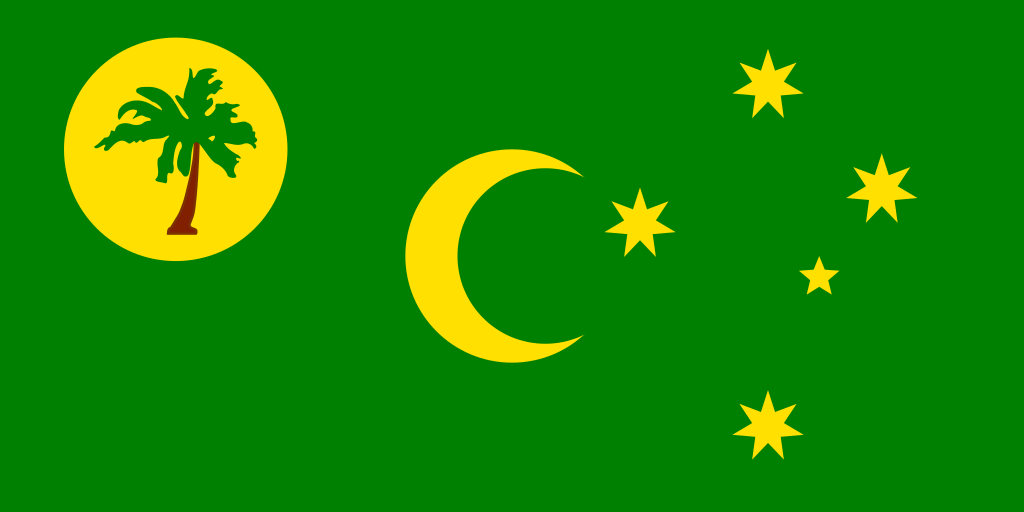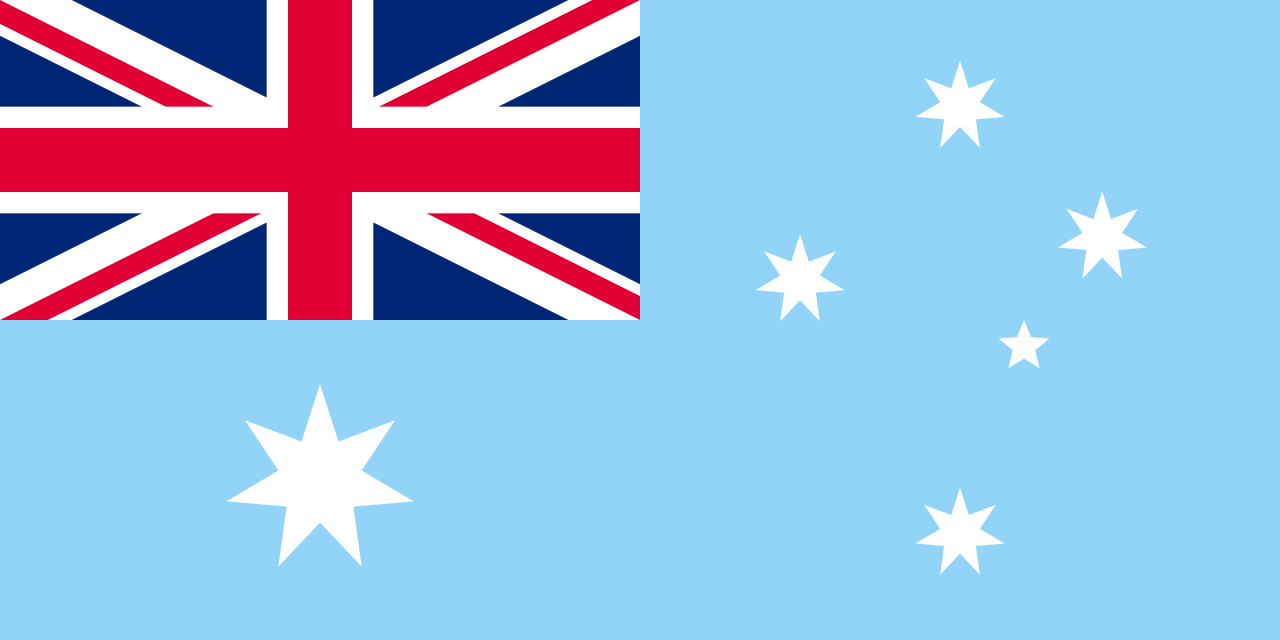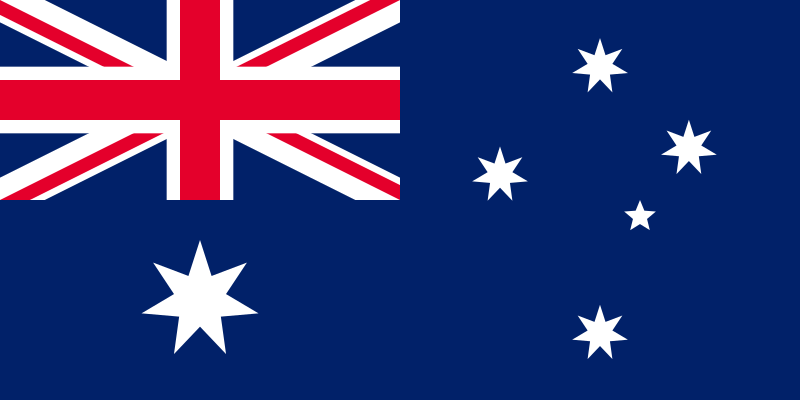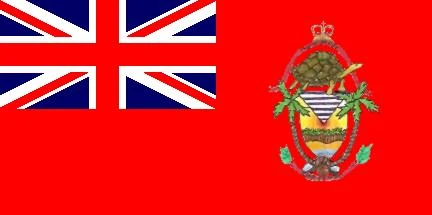Australian Antarctic Territory
WELCOME TO Australian Antarctic Territory
Territory Overview
English
5.9 million km2
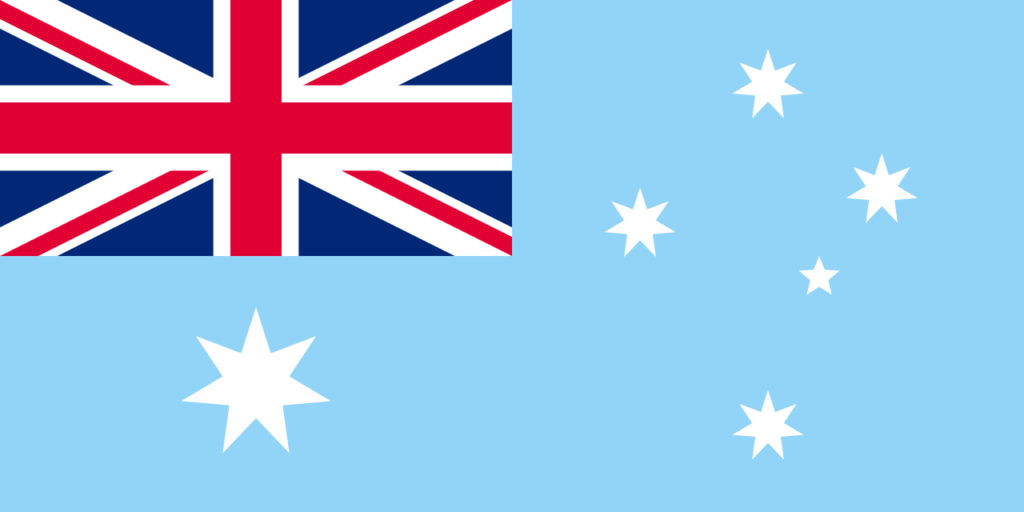
Popular
Geography and Tourist Attractions
Information about the territory's tourist attractions, including popular destinations, events, and activities.
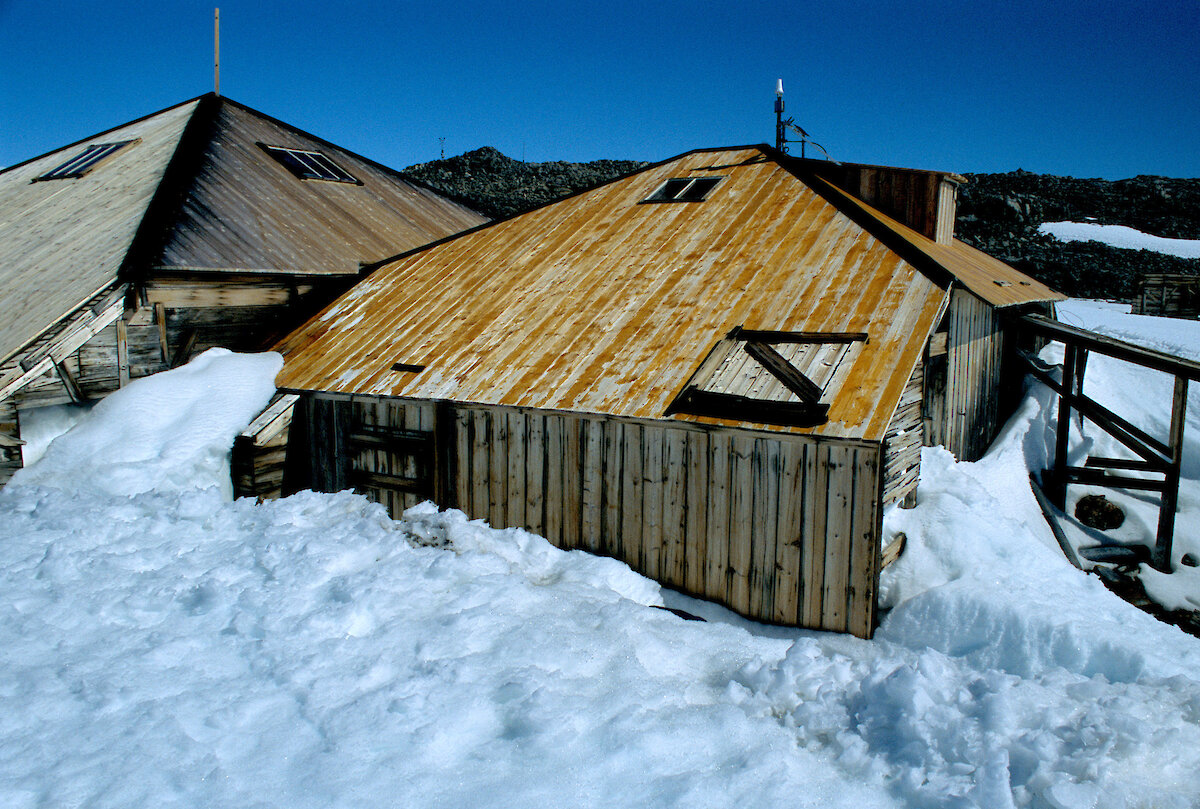
Mawson's Huts

Casey Station
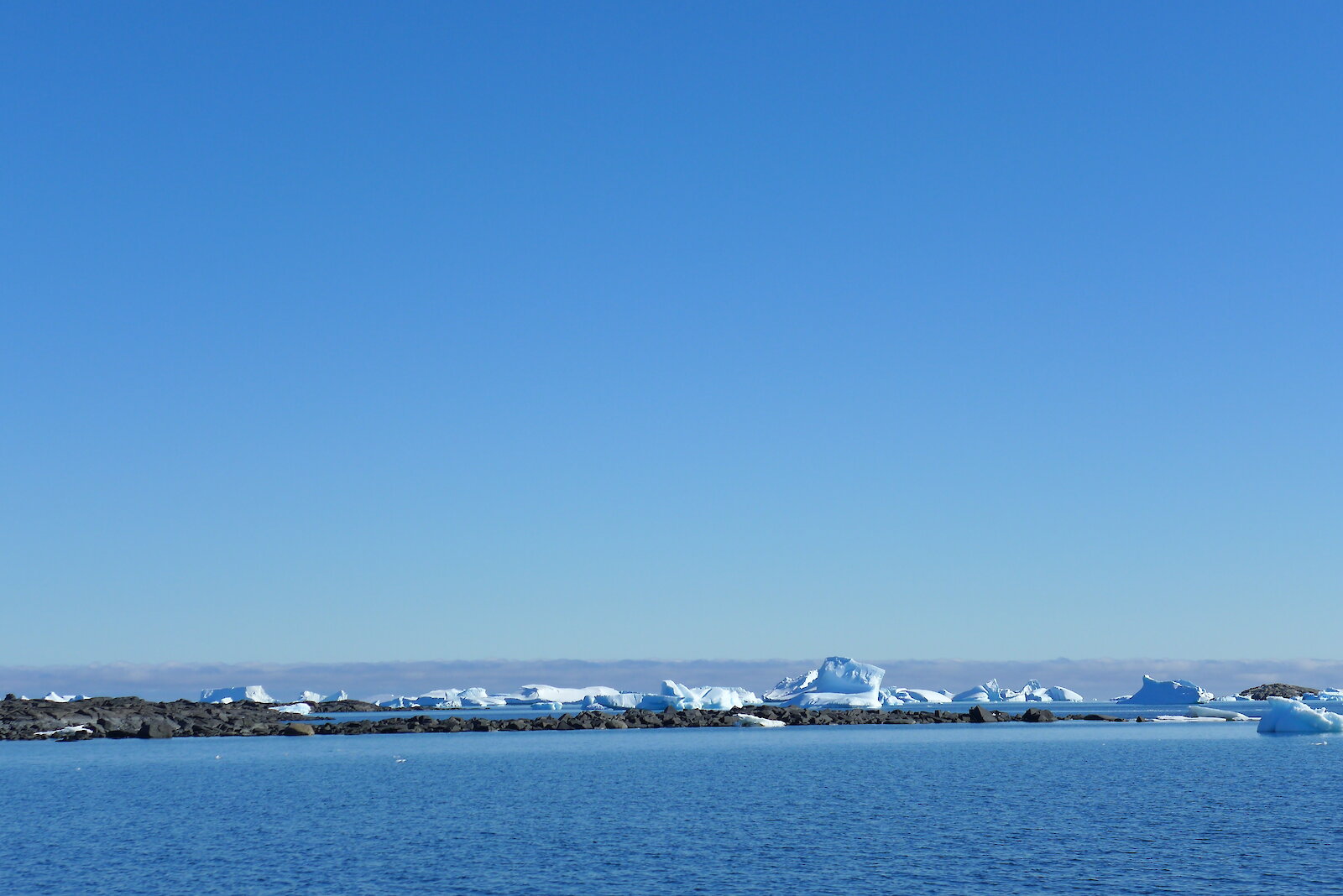
Iceberg Watching
Political
Economy and Government
The Australian Antarctic Territory, being a remote and uninhabited region, does not have an established economy or a government structure specific to its territory. Instead, it is administered by the Australian government, which supports scientific research and environmental conservation efforts in the region.
The primary focus of the Australian Antarctic Territory is on scientific exploration, climate studies, and monitoring the delicate Antarctic ecosystem. The government invests in research facilities, stations, and logistics to support ongoing scientific programs. These initiatives contribute to a better understanding of Antarctica's climate, wildlife, and geological processes.
The Australian government also plays a crucial role in international collaborations and agreements concerning the Antarctic region. It participates in forums like the Antarctic Treaty System, which aims to preserve the unique environment, promote scientific cooperation, and regulate human activities in Antarctica.
While there is no commercial or industrial activity within the Australian Antarctic Territory, the scientific research conducted there often has wider implications for global environmental policies and resource management. The government's commitment to preserving the region's pristine environment ensures that the Australian Antarctic Territory remains a symbol of international scientific cooperation and environmental stewardship.
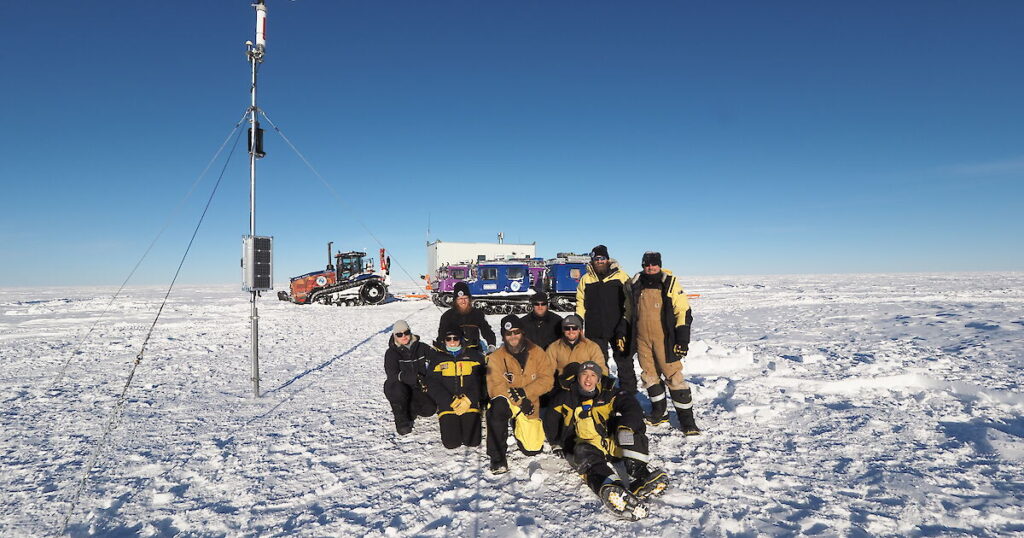
History
History and Culture
The history and culture of the Australian Antarctic Territory are intertwined with the broader narrative of Antarctic exploration and scientific research. The territory holds a significant place in the annals of polar exploration.
The early 20th century saw expeditions led by explorers like Sir Douglas Mawson, who established bases and conducted groundbreaking scientific research. Mawson's Huts, located at Cape Denison, stand as a testament to these early endeavors and provide a glimpse into the challenges faced by these pioneers.
The cultural significance of the Australian Antarctic Territory lies in its preservation of Antarctic heritage and the promotion of scientific understanding. It serves as a platform for international scientific collaboration, fostering a shared culture of research and environmental stewardship.
Today, the territory's cultural landscape is shaped by ongoing scientific activities, international agreements, and the promotion of environmental conservation. Artists, writers, and filmmakers are inspired by the unique landscapes and wildlife, contributing to a growing cultural appreciation for the region.
The Australian government actively promotes awareness of Antarctic history and culture through exhibitions, educational programs, and initiatives such as the Mawson's Huts Foundation. These efforts aim to ensure that the rich history and cultural significance of the Australian Antarctic Territory are preserved and celebrated for future generations.



